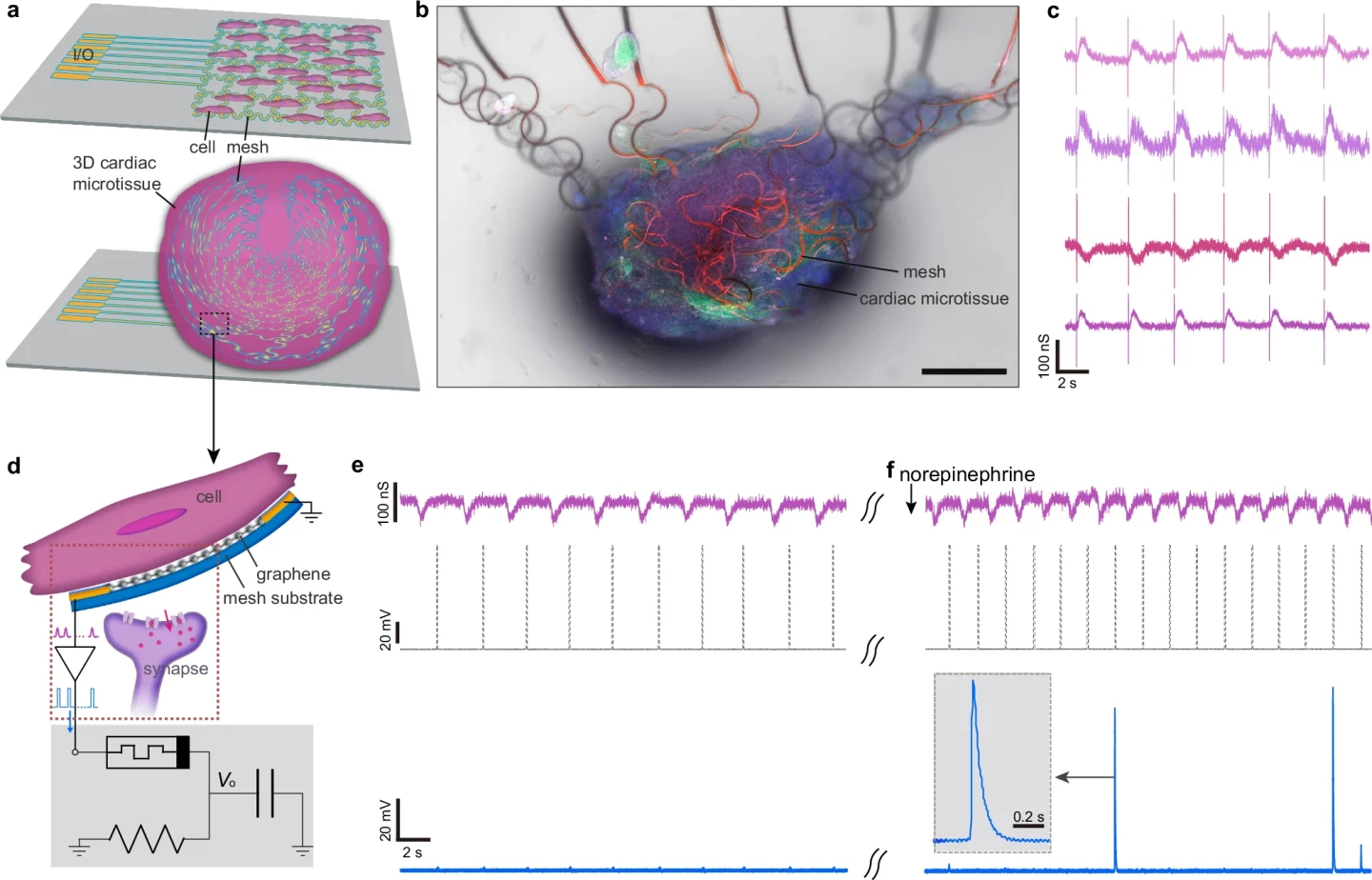Scientists have built an artificial neuron that’s so realistic it fires, learns, and responds to chemical signals just like the real thing – a breakthrough that could transform computing, medicine, and the way that tech merges with biology.
Neurons are incredible pieces of biological hardware that enable complex processes like thought, emotion, and movement via specialized communication across vast networks using electrical and chemical signals. It’s little wonder that science is keen to emulate these highly efficient and extremely effective cells.
Now, a team of engineers at the University of Massachusetts (UMass) Amherst has created an artificial neuron that doesn’t just mimic how real neurons behave, but also matches them in size, energy use, signal strength, timing, and responsiveness to chemical signals.
“Our brain processes an enormous amount of data,” said Shuai Fu, the study’s lead author and a UMass Amherst graduate student in electrical and computer engineering. “But its power usage is very, very low, especially compared to the amount of electricity it takes to run a Large Language Model, like ChatGPT.”
The researchers built their artificial neuron around a type of memristor, a memory resistor, made using protein nanowires from a microbe, Geobacter sulfurreducens. This bacterium produces conductive nanowires that, when integrated into the memristor, drastically reduce the voltage required for switching. Consequently, the memristor can operate at very low voltages (about 60 mV) and tiny currents (around 1.7 nA), numbers comparable to biological neurons.
“Previous versions of artificial neurons used 10 times more voltage – and 100 times more power – than the one we have created,” said Jun Yao, PhD, associate professor of electrical and computer engineering at UMass Amherst and the study’s corresponding author. “Ours registers only 0.1 volts, which [is] about the same as the neurons in our bodies.”
The researchers integrated the memristor into a simple resistor-capacitor (RC) circuit to replicate the different phases of a neuron’s electrical activity. That way, it could move through charge integration, the slow buildup before a neuron fires, rapid depolarization, the sudden spike when a neuron fires, and repolarization, a return to resting state and preparation for the next spike. This design also allowed the system to include a refractory period, a brief pause after firing, just like a real neuron.

The researchers then added chemical sensors that could detect ions, such as sodium, and neurotransmitters like dopamine. These sensors changed the circuit’s electrical properties in response, mimicking how real neurons adjust their behavior based on chemical signals in their environment; a process known as neuromodulation.
Finally, they connected the artificial neuron to real, beating human heart cells (cardiomyocytes). The team also demonstrated the artificial neuron’s real-time interpretation of biological signals, such as detecting changes in cardiomyocyte activity in response to exposure to the drug norepinephrine, a critical step toward integrating these neurons directly with living tissue.
“We currently have all kinds of wearable electronic sensing systems, but they are comparatively clunky and inefficient,” Yao said. “Every time they sense a signal from out body, they have to electrically amplify it so that a computer can analyze it. That intermediate step of amplification increases both power consumption and the circuit’s complexity, but sensors built with our low-voltage neurons could do [it] without any amplification at all.”
This is, of course, an early-stage prototype and experiments were conducted in controlled lab environments. The system is not yet ready for use inside a living organism. However, the discovery represents a major leap forward in bioelectronics that could form the foundation for future technologies that merge electronics and biology far more naturally than ever before.
These neurons could one day help repair or replace damaged brain circuits, improve brain-machine interfaces (BMIs), or serve as sensors that monitor cell health and drug responses in real time. Because they consume very little energy and operate at biological signal levels, such artificial neurons could lead to much more efficient brain-inspired computing hardware.
Only time will tell.
The study was published in the journal Nature Communications.
Source: UMass Amherst






